EnEff:Stadt Campus Lichtwiese

Renewable heat supply in existing buildings
How can waste heat and solar thermal energy be integrated into a low-temperature heating network? Among other things, we are investigating low-investment structural measures and storage options to make existing buildings compatible for the use of low-temperature heat. Simultaneously, we will investigate which changes occur in the compatibility of the building with renewable energy sources if a comprehensive renovation is carried out on the building at a later date.

In the new building of the Center for Reliability Analytics (CRA), new sources of waste heat are being created, among other things, by the test stands. Surplus heat could be optimally used in the neighbouring mechanical engineering building (L1|01). This building is not only close to the architecture building examined in phase II, but also has significant similarities. Both buildings were constructed using the heavy construction method with almost identical primary structures and have comparable qualities with regard to their thermal envelope. The architecture building is currently being renovated based on the findings from Phase II. These results should also be incorporated into a possible renovation of the mechanical engineering building. The repetitive building areas there also make it easier to transfer the results of a spatially limited demonstrator to the entire building and to other similar buildings. In addition, the basement of L1|01 offers sufficient space to integrate a buffer storage to decouple the primary and secondary sides and increase energy flexibility.
In phase II, the added value of remotely controllable thermostats on radiators was investigated in terms of energy flexibility. The aim was to control energy consumption flexibly and to react to fluctuating energy production. In phase III, smart, self-learning thermostats and radiator fans will also be used. This step-by-step renovation strategy makes it possible to analyse the extent to which interim solutions could be more advantageous compared to a later general renovation – especially with regard to the remaining CO2 budget until 2045.
Use of renewable heat sources
The construction of the new CRA building nearby makes it possible to install a solar thermal roof system that will cover most of the heat demand during the transition phase. In winter, a heat pump will provide the heat supply, using three geothermal probes as a heat source that were drilled as part of the SKEWS research project. Excess solar heat in summer is fed into these geothermal probes to regenerate the subsoil.
In addition, electrical high-temperature testing machines in the CRA building produce waste heat that is available year-round and is to be used both to cover heating needs and to feed into the geothermal probes. As a further source of waste heat, a data centre will be installed in the CRA in the course of the project, the heat from which will be dissipated via a hot water cooling system. This will ensure a waste heat temperature of 45 °C, which can almost completely cover the CRA's heating needs. In addition, excess waste heat is to be integrated into the heating supply concept of the mechanical engineering building and the regeneration of the geothermal probes. When combining the various heat sources, the focus will be on coordinating the different temperature levels and the temporal availability to ensure efficient and sustainable use.
If, after an energy-efficient renovation or through surface heating systems, lower temperatures are sufficient to supply buildings with heat, the temperature in the district heating network can also be reduced. This enables significantly more efficient use of renewable heat sources and waste heat. In particular, the coefficient of performance (COP) of heat pumps improves.
Dr.-Ing. Frank Dammel (Gruppenleitung Analyse Thermischer Energiesysteme, TTD)
Objectives
- Reducing the system temperatures in the machine building (L1|01) by optimising the system technology with little investment
- Supplying the mechanical engineering building with renewable heat from solar thermal energy and waste heat from the neighbouring CRA building using a heat pump and geothermal probes
- Creating a scientific measurement concept, monitoring the implementation of the measures and optimising operations
Contact
| Name | Contact | |
|---|---|---|
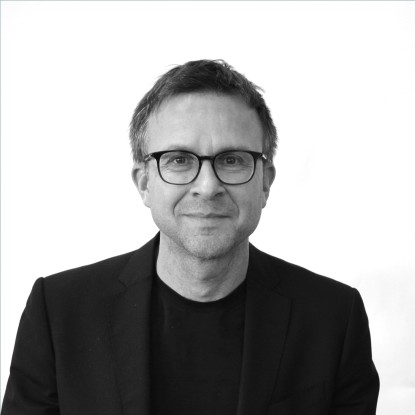
| Prof. Christoph Kuhn EnEff: Campus Lichtwiese spokesperson | Kuhn@enb.tu-... +49 6151 16-23459 L3|01 530 |
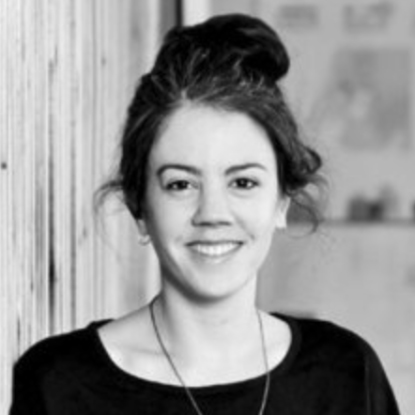
| Dipl.-Ing. Architektur Anne-Kristin Wagner Project Administration, Research Associate | wagner@enb.tu-... +49 6151 16-22955 L3|01 530 |
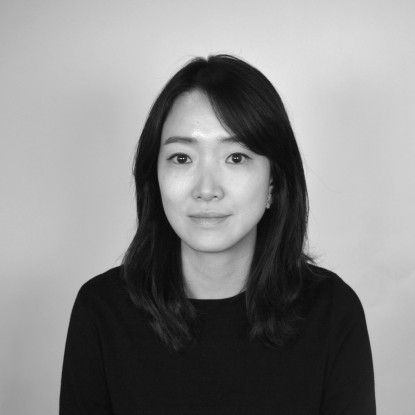
Picture: Hee-Jung Yoon
| Dr.-Ing. Hee-Jung Yoon | yoon@enb.tu-... L3|01 530 |
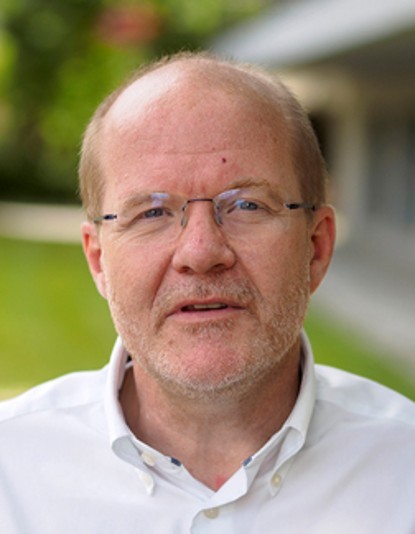
| Prof. Dr.-Ing. Peter Stephan | pstephan@ttd.tu-… +49 6151 16-22260 L2|06 200 |
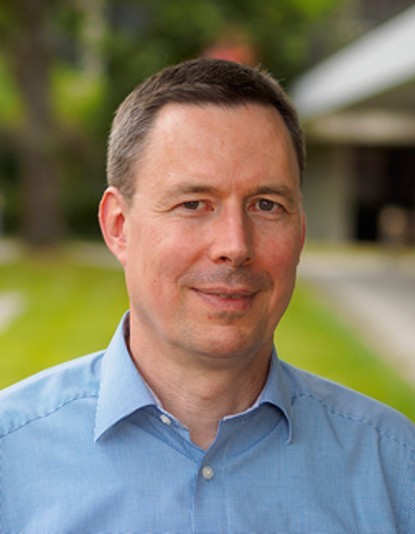
| Dr.-Ing. Frank Dammel Head of project Reduction of Network Temperatures | dammel@ttd.tu-... +49 6151 16-22265 L2|06 202 |
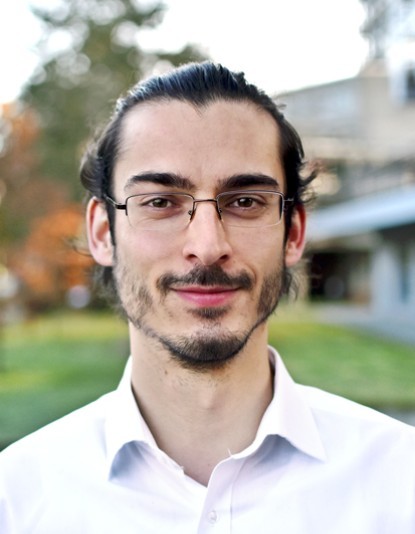
| Frederik Feike M.Sc. Research Associate | feike@ttd.tu-... +49 6151 16-20472 L2|06 215 |
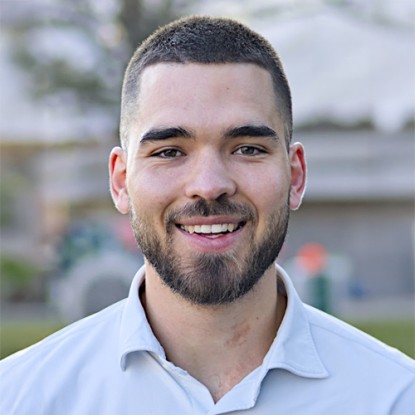
| Jasper Müller M.Sc | mueller@ttd.tu-... +49 6151 16-22691 L2|06 216 |

